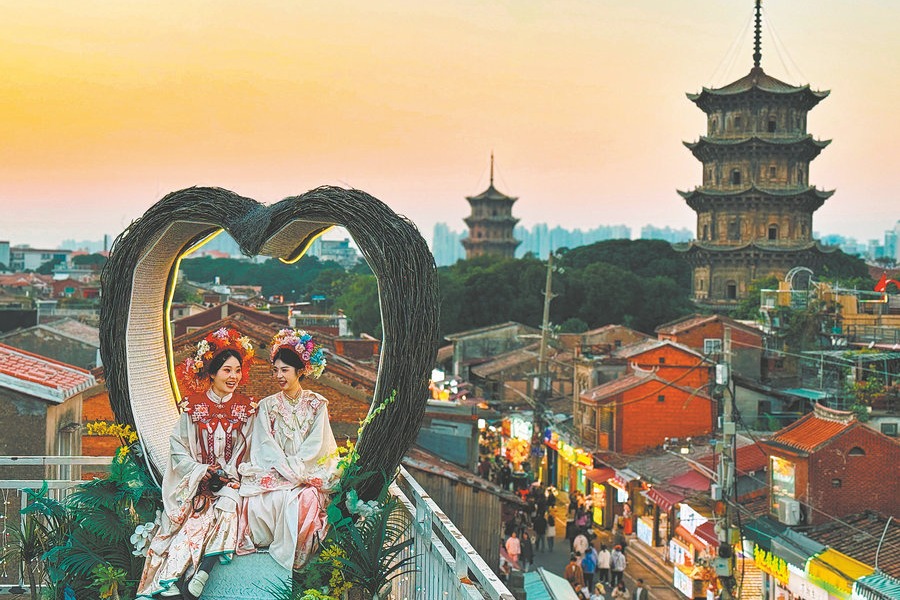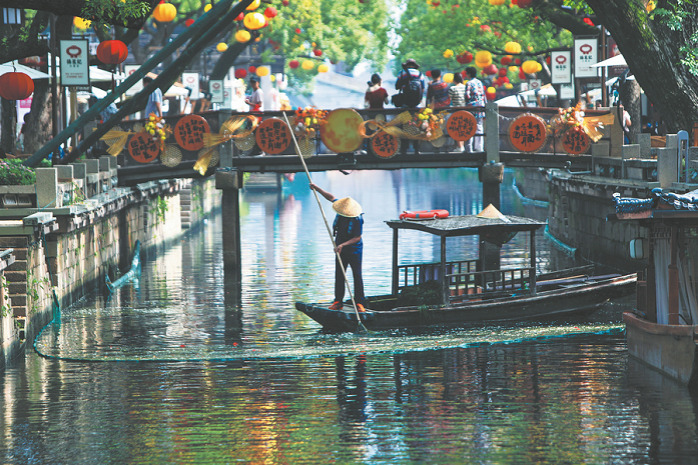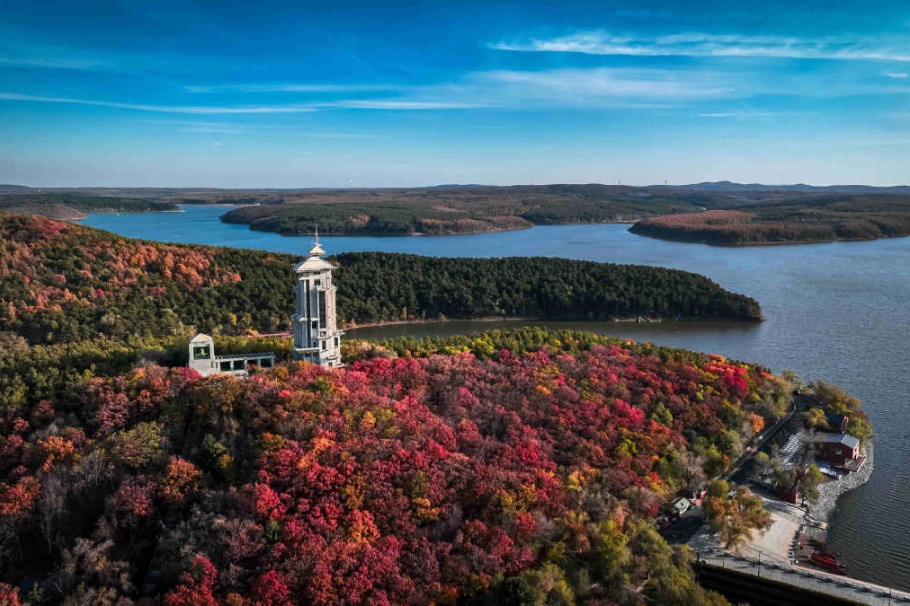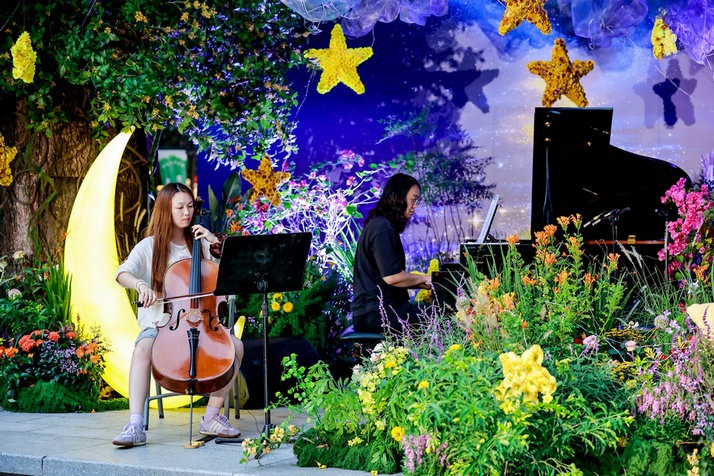Building a borderless regional appeal

A Huizhou-style house native to ancient East China stands in Salem in the US city of Boston, Massachusetts.
The building, called Yinyutang, was transported there from Xiuning county in Huangshan city, Anhui province. Huangshan is the current name of the ancient Huizhou prefecture, which is known for the Huizhou culture created by merchants who ran businesses across China.
Thanks to the efforts of Nancy Berliner, the former curator of Chinese art at the Peabody Essex Museum, Yinyutang was shipped more than 11,200 kilometers from its original site to Salem in the late 1990s.
Although this cost more than $100 million, many visitors believe it's invaluable.
It testifies to the friendship between the peoples of China and the US, and opened a window for people in the US to learn about Chinese and, particularly, Huizhou culture.
Yinyutang's hometown hosts thousands of such structures-many of which are well-preserved-that continue to offer testimony to history and traditional craftsmanship.
Yixian county's Xidi and Hongcun villages are jointly listed as a UNESCO Cultural Heritage Site and are known as "villages of Chinese paintings".
In Shexian county's Tangyue village, seven well-preserved archways bear writings extolling the ancient Chinese virtues of "loyalty, filial piety, moderation and righteousness".
The reason such exquisite structures are found in the countryside rather than urban areas is a fluke of geography.
Being born in mountainous areas in ancient agricultural society was considered a misfortune, since there was little land on which to produce crops.
Men had to travel far away to do business. Some became wealthy and wanted to invest in their hometowns, building resplendent residences, temples and schools. This led to a reputation for ornate carving craftsmanship in the area.
Locals have revered knowledge for millennia, hence the local saying: "Even in a village of 10 households, education won't be neglected."
In July 1979, then leader Deng Xiaoping, the chief architect of China's reform and opening-up, visited Huangshan, or Yellow Mountain, when it received few visitors and infrastructure was virtually nonexistent.
Deng encouraged local officials to develop tourism to improve locals' lives, "making the brand of Huangshan famous", as Deng said.
Subsequently, a mountaintop pine with branches that seem to wave and form a shape like the character ying, meaning to welcome, has become an icon known as "the pine greeting guests".
And today, the tree, like the mountain and region, hails guests from every corner of the country and the world-including those from places as far away as Salem.

































